I've been putting a lot of run-in and listening time on the Pass Labs XA25 stereo amplifier since it arrived, to the extent that I've lost track of the number of hours on it.

Pass Labs XA25 stereo amplifier with McIntosh MX110 tuner-preamplifier.
There's probably north of 300 hours of operational time on the Pass Labs XA25 stereo amplifier at this point in time, and maybe more than that.
The XA25 has settled into a rather remarkable level of performance, and in fact the highest level of performance I've yet heard from any amplifier on my Duelund-ized "Stokowski" Altec's, which of course are benefactors of the remarkable level of performance offered by the Duelund CAST tinned-copper crossovers from the Duelund-Altec Project (HERE).
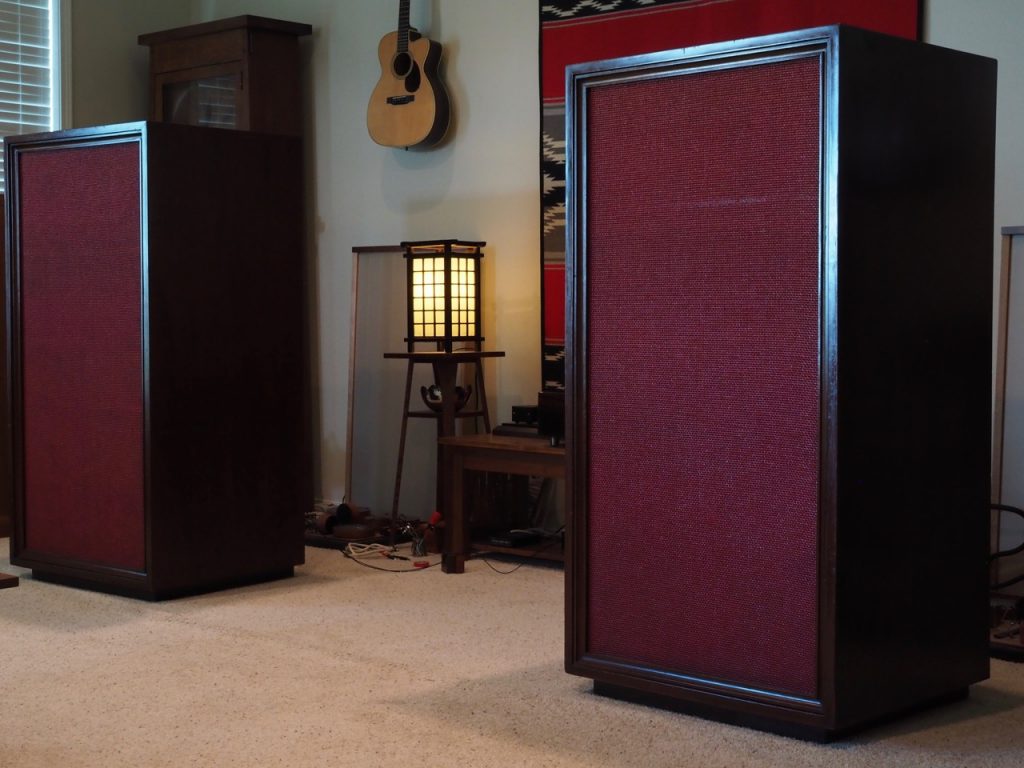
The Duelund-ized "Stokowski" Altec loudspeakers.

The Duelund CAST tinned-copper crossover installed into the left "Stokowski" Altec cabinet!

End view of the Duelund CAST Sn-Cu crossover.
The rather utilitarian appearance of the Pass Labs XA25 stereo amplifier exterior doesn't really hint at the exceptional performance potential this amplifier offers.
While this Pass Labs XA25 stereo amplifier is genuinely a Pass Labs product (obviously), it strikes me as also being a bridge product between the Pass Labs and First Watt designs of Nelson's, about which he says:
"First Watt exists because I wanted to explore a variety of amplifier designs in what I think of as neglected areas - amplifiers that might not fit into the mainstream and are probably not appropriate to my more commercial enterprise, Pass Labs. With oddball characteristics and output power ratings of 25 watts or less, First Watt is not for most people."
The Pass Labs XA25 stereo amplifier is nominally rated at 25 watts per channel into 8 Ohms, which puts it right at the border of First Watt designs, which would put it at about 12.5 watts per channel output on my 16 Ohm "Stokowski" Altec's.
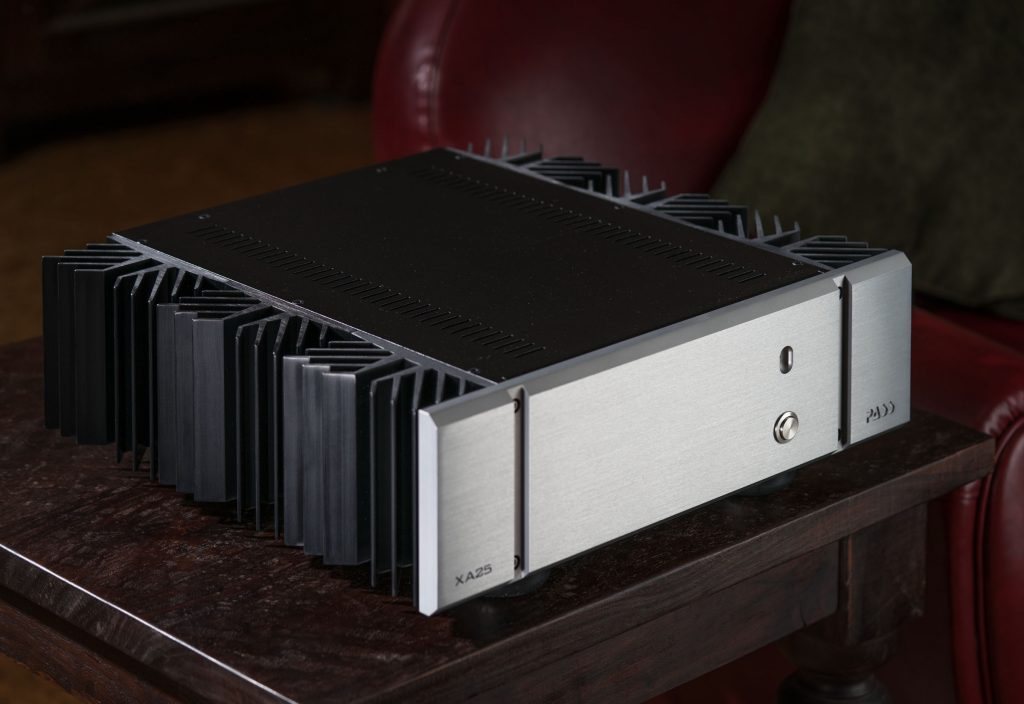
In routine listening sessions the Pass Labs sounded a lot more powerful than those numbers imply.
For example, the XA25 easily provided the full spectrum of extreme dynamic performance, whether it was on the subtle gradations of pianississimo, or the "hang onto your hat" blasts of fortississimo, even at live-like sound pressure levels (SPLs).
To accomplish that kind of a live-like level of dynamics at live music volume levels, without strain, normally requires sensitive loudspeakers combined with relatively powerful amplifiers, or loudspeakers of average sensitivity with astronomically powerful amplification.
As part of the feature review I am writing about the Pass Labs XA25 stereo amplifier for Positive Feedback, I've been asking Nelson a few questions here and there about the XA25.
These questions are partly because I'm interested in what makes it tick from a technology standpoint so I can give you a thorough description of it for the review, but also because its high level of performance simply defies what I would normally consider possible from a 25 watt per channel stereo amplifier (into 8 Ohms).
In a nutshell, the Pass Labs XA25 stereo amplifier is extremely transparent, resolving, and distortion free from the highest highs to the lowest lows, and it sounds incredibly powerful in contradiction to its nominal power rating of 25 watts. The XA25 can also provide incredible bass slam when it's in the music, and yet it possesses all of the organic musicality and visuospatial characteristics that I would normally associate with directly-heated singled-ended triodes (DH-SETs).
I've generally considered that particular combination of attributes to be impossible for any amplifier, until now.
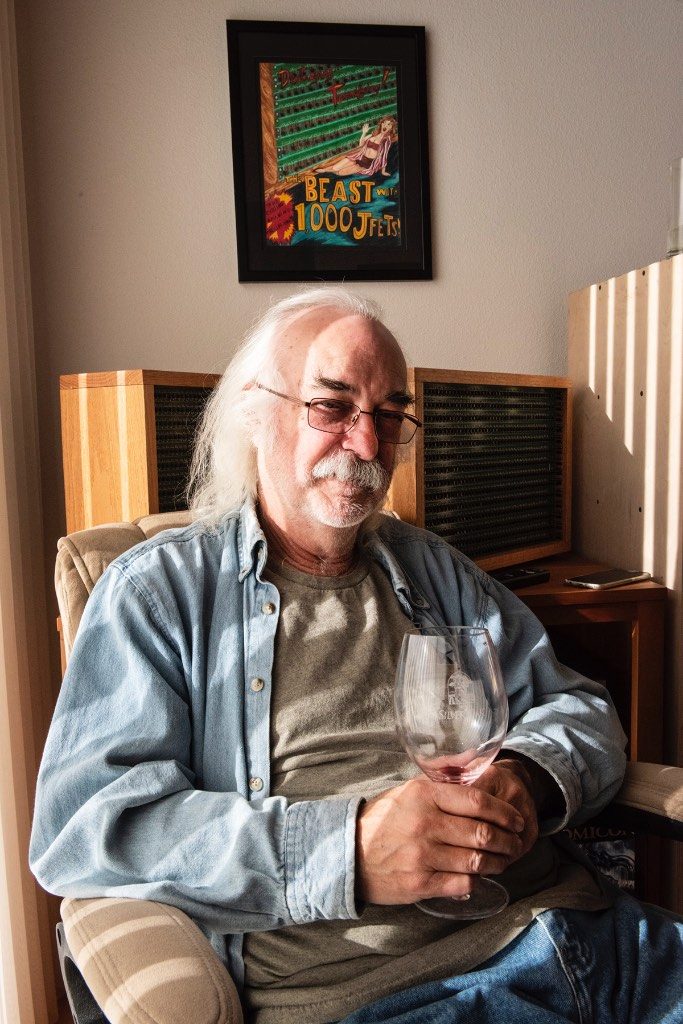
Photograph by David W. Robinson, copyright (c) 2018, all rights reserved.
My questions to Nelson about the Pass Labs XA25 stereo amplifier were largely along the lines of "How is this remarkable combination of performance traits possible?"
Let me share a little bit of what Nelson told me about how he achieved such a remarkable level of performance from the Pass Labs XA25 stereo amplifier, while keeping it priced as an amplifier that is within the reach of us regular blokes with a little bit of stretching ($4900 USD).
Here's what Nelson told me about the circuit in the Pass Labs XA25 stereo amplifier:
"There are several unique things about the amplifier that make it a departure from the rest of the Pass Labs amplifiers."
"It’s a fundamentally very simple topology made special by new parts and a unique approach to operating them in Class A without degeneration in the circuit."
"Years ago we discovered that degeneration, that is to say placing resistors in series with FET Source pins (or Emitter pins for Bipolar transistors) has an impact on the sonic performance."
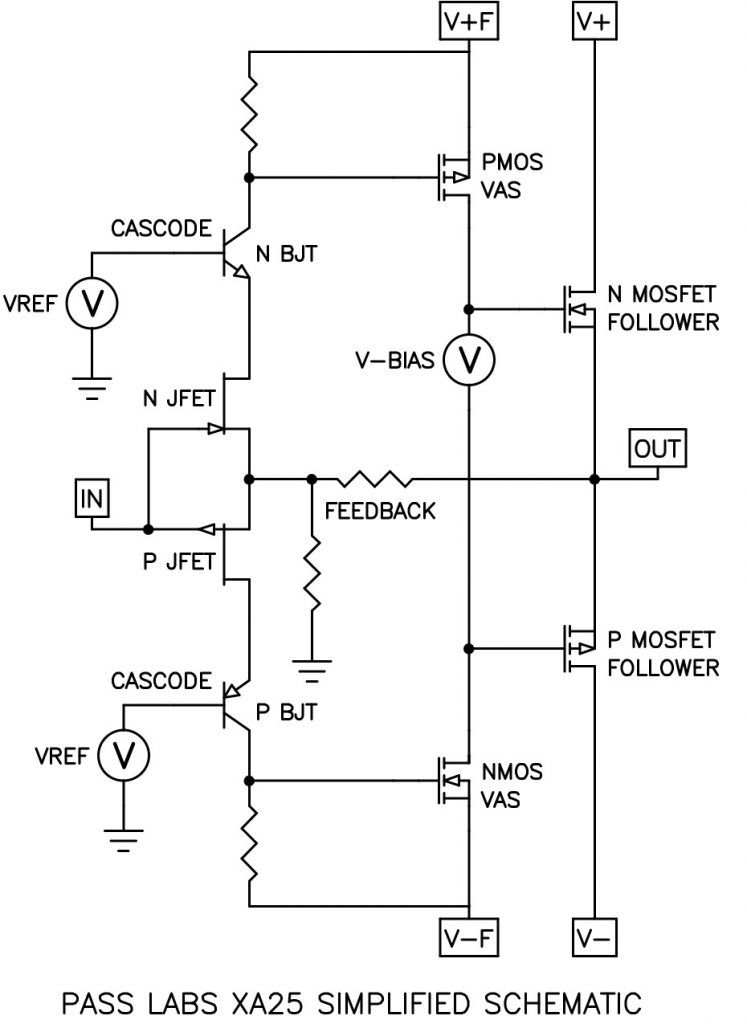
"My late business partner Joe Sammut was adamant about the qualitative difference and could spot it in blind testing, so I took it seriously."
"The difficulty comes the fact that there is a reason why people use degeneration (the “other form of feedback”) in gain stages – it stabilizes the characteristics of the parts so that you don’t have to do precise matching and compensation to keep circuits stable."
"At the same time, it acts like the feedback it is – routinely your “no feedback” solid state amplifiers depend on degeneration in the gain stages to control the performance, and so it does not achieve all the goals that make SET tube amps attractive."
"For those sonic reasons there have been several efforts at operating Bipolar transistors undegenerated, and while the benefits have been noted, they have been accompanied by reliability issues. No need to mention names ... "
"I set removal of degeneration from power amps as a design goal and over the course of several years came up with a couple of reliable techniques that are employed for the first time in the XA 25."
"The initial concept dates back to 2013 when I began considering the big Ixsys power transistors (below) as part of a solution."
"Prototyping on the XA25 began in early 2016, and the first shipment of the XA25 was in 2017. "

"The result is better dynamics and more “life” to the sound, and with power FETs it turns out that there are a couple more advantages that you don’t see with bipolar transistors."
"Your basic FET character is “square-law” where the current through the device is a square function of the voltage across the control pins, the Gate and the Source. In this regard, the FET is very much like a tube."
"It turns out that push-pull class A operation of square law devices can result in intrinsic cancellation of distortion to literally mathematical zero. Unfortunately degeneration in the circuit introduces distortion to that arrangement."
"The other interesting thing about square law devices is that their push-pull Class A envelope is naturally larger for a given bias current, which improves the efficiency of the circuit without recourse to special tricks. Again, degeneration spoils the party."
"And as I said, this subtle effect is not available to Bipolar transistors."
As I mentioned above, the Pass Labs XA25 stereo amplifier is extremely transparent, resolving, and distortion free, from the highest highs to the lowest lows. It also sounds incredibly powerful in contradiction to its nominal power rating of 25 watts, and can provide incredible bass slam when it's in the music, and yet it possesses all of the organic musicality and visuospatial characteristics that I normally associate with directly-heated singled-ended triodes (DH-SETs).
Nelson's description of the circuit helps me understand why the Pass Labs XA25 stereo amplifier is so transparent, resolving, and distortion free, and how it accomplishes the organic musicality and visuospatial characteristics that I normally associate with directly-heated singled-ended triodes, but it doesn't answer the question of why the Pass Labs XA25 stereo amplifier sounds so incredibly powerful.
Granted, with the Altec's we're talking exceptionally sensitive loudspeakers, but still the Pass Labs XA25 stereo amplifier sounds way more powerful than 25 watts (and 12.5 watts on the 16 Ohm Altec's).

So I asked Nelson about this impression of high-power I had from the Pass Labs XA25 stereo amplifier, and it turns out there's a simple answer:
"First off, it does have more power than its rating. It’s not spec’d, but the last time I looked it started to clip at 80 watts into 8 ohms, which would make it about 40 watts into 16."
"As I have pointed out, The other factor is a conventional Class A output stage achieved without degeneration, giving additional dynamic to the characteristic."
"Pretty much the only restraint on that output stage is the character of those big Mosfets, whose DC dissipation approaches 800 watts with transient current ratings up around 200 amps."
Ahh, now I get it, as even into my 16 Ohm Altec's, the the Pass Labs XA25 stereo amplifier can pump out 40 watts before it clips, and with incredible dynamic prowess.
That also means that on my 8 Ohm Tannoy Westminster Royal SE loudspeakers the Pass Labs XA25 stereo amplifier can deliver 80 watts before it clips, an important factor for driving the Westminster's.
The Pass Labs XA25 stereo amplifier sounds much more powerful than its nominal 25 watt rating because it is much more powerful when it needs to be, with 80 watts on tap before clipping, which goes a long way to explain its incredible dynamic performance, bass prowess, and ease at playing at live-like music venue volumes.
Last night I was doing some listening for fun, as well as in preparation for the upcoming feature review on the Pass Labs XA25 stereo amplifier I'm writing for Positive Feedback, and I was completely gobsmacked by what I was hearing as I was going through listening to some of my LPs.

The Harrow & The Harvest
Gillian Welch's The Harrow & The Harvest, for example, was incredible in its naturalness and live-like presentation of dynamics, resolution, visuospatial information, and yet it was rich in organic musicality characteristics that I would normally only associate with the very best directly-heated singled-ended triodes, but the Pass Labs XA25 stereo amplifier can do that at live-like SPLs like no DH-SET in my experience can approach.
One of the things that really impressed me on The Harrow & The Harvest while listening last night was how utterly natural the music sounded, and there was not even the slightest hint of electronic artifice, hardness, forwardness, or unnatural sibilance to be heard.
One thing I found remarkable in the Pass Labs XA25 stereo amplifier's presentation of the music was its remarkable level of resolving textures in the music.
Timbral textures, vocal nuances in Gillian's and David's voices, are better than any amplifier ever in my experience, the Pass Labs XA25 resolved even the very subtle harmonies that David's vocals adds to the music.
Quite a lot of amplifiers can't resolve the subtle harmonies between Gillian and David, and if you've been listening to The Harrow & The Harvest for a long time and thought that it was just Gillian singing the vocals on most songs, well, you're in for a surprise with the Pass Labs XA25 in the system.
There's a lot more information there in the music with the Pass Labs XA25 than you've likely been hearing, or at least that's been the case with me, and I like hearing it because it expands on the artistry of what the Gillian and David are doing musically.
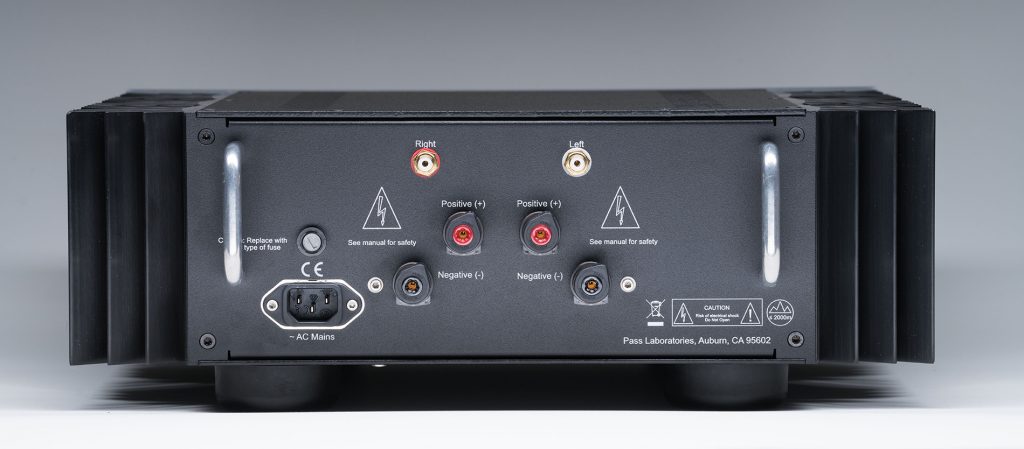
Then there's the way the Pass Labs XA25 presents the visuospatial information encoded into recordings, like imaging, soundstage, and the sense of "space" captured at the recording venue.
Instrumental and vocal images had a lot of natural sounding presence and body, but not with a "souped-up" and somewhat artificial sounding "lit from within" style that some SETs portray.
Rather the Pass Labs XA25 presents very real "flesh and blood" images with a lot of body that made it "feel" like Gillian and David were really in the room with me, as opposed to just being artificial sounding Star Trek "hologram" style of images like you hear from a lot of high-end electronics, which can sound sort of neat, but are a dead giveaway that you're just listening to a "stylized" recording.
Granted, a lot of that Pass Labs XA25 imaging performance is made apparent because of the nature of the ultra-high performance Duelund CAST tinned-copper crossovers on the "Stokowski" Altec's, but the "Stokowski" Altec's and their Duelund CAST tinned-copper crossovers couldn't present that kind of imaging unless the amplifier is capable of it to begin with, and the Pass Labs XA25 certainly is capable of it, in spades!
Also, the sense of those images existing in a natural sounding recorded acoustic was uncanny, and the best I've ever heard, and particularly in late night listening when my living room was filled with the sense of that acoustic in such a tangible way that it really put the performers in my living room from The Harrow & The Harvest.
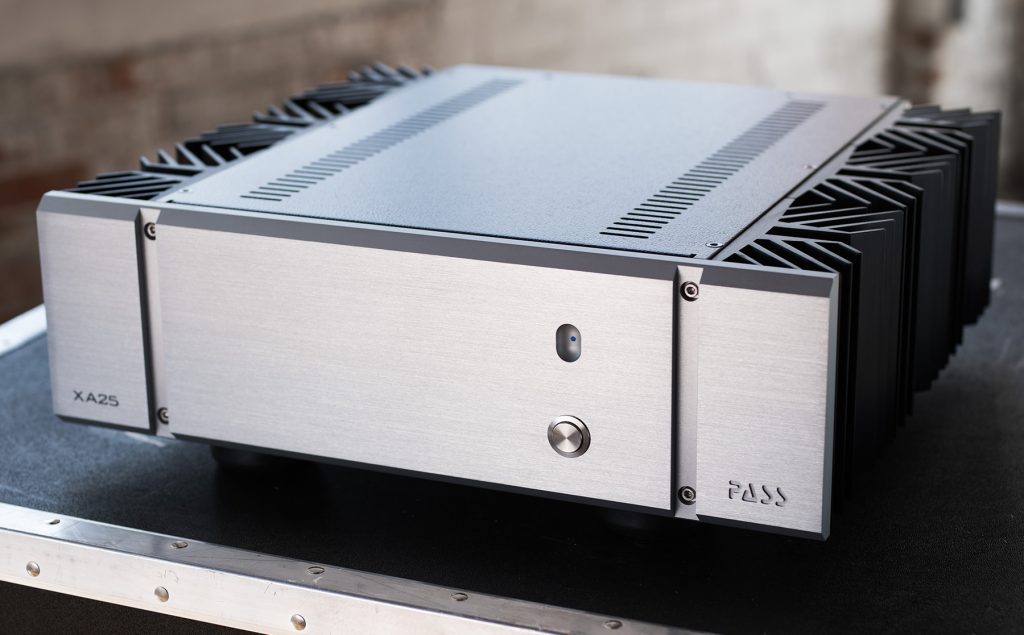
Ok, I suppose that's enough tech discussion and listening impressions about the Pass Labs XA25 stereo amplifier for now, with more to appear in the upcoming blog posts here at Jeff's Place, and of course in the upcoming feature review at Positive Feedback
As always, thanks for stopping by, and may the tone be with you!



























